With an area of over 100,000 hectares, this place is not only a common home to thousands of rare species of flora and fauna, but also an attractive eco-tourism destination, giving visitors the experience of immersing themselves in nature, learning about heroic history and discovering the unique cultural identity of the local community.
Overview of Dong Nai Cultural and Nature Reserve
A panoramic view of the lush green Dong Nai Nature Reserve from above. (Photo: Collected)
Dong Nai Cultural and Natural Reserve is one of the important green lungs of the Southeast region, with an area of over 100,000 hectares stretching across the Dong Nai River basin and Tri An Lake area. This is not only a place to preserve a diverse tropical forest ecosystem but also associated with special cultural and historical values. Thanks to its outstanding values, the reserve has been officially recognized as one of Vietnam's new ASEAN heritage parks, marking an important step forward in nature conservation and sustainable ecotourism development.
Why is it recognized as Vietnam's new ASEAN Heritage Park?
Dong Nai Cultural and Nature Reserve – A sustainable green destination in the Southeast region and Vietnam. (Photo: Dong Nai Cultural and Nature Reserve Ecotourism)
The new title of ASEAN Heritage Park in Vietnam is not only a matter of honor but also a testament to Dong Nai’s efforts in preserving and managing the ecosystem. To be recognized, the reserve must meet many strict criteria such as high biodiversity, an important role in the regional ecosystem, as well as cultural values and potential for sustainable tourism development. Thanks to the convergence of all these factors, the ASEAN Heritage Park in Dong Nai has become a new highlight on the regional ecotourism map.
Outstanding ecological value of Dong Nai Cultural and Nature Reserve
Primary forest and Tri An lake – Diverse ecosystem of the reserve. (Photo: Collected)
Diverse ecosystems of forests, wetlands and Tri An lake
The reserve possesses many typical ecosystems, from evergreen forests, bamboo forests to wetlands around Tri An Lake. This is home to hundreds of species of flora and fauna, including many rare species listed in the Vietnam Red Book. The green forests, gentle rivers and vast lakes create a unique ecological landscape, ideal for those who love Dong Nai ecotourism.
Rare flora and fauna need to be preserved
Not only diverse in species, the reserve is also home to many rare animals such as gaur, black-shanked douc langur, Siamese crocodile... This is a valuable genetic resource that contributes to maintaining ecological balance, while affirming the global importance of the reserve in nature conservation.
Cultural and historical imprints at Dong Nai Cultural and Nature Reserve
War Zone D relic site – A historical mark in the heart of the conservation area. (Photo: Cong Phong - VNA)
War Zone D and remaining revolutionary relics
This place is not only outstanding for its natural value but also associated with the heroic history of the nation. During the resistance war, the Dong Nai forest area was an important revolutionary base - War Zone D. Many relics are still preserved to this day, becoming meaningful tourist attractions for the young generation.
Cultural identity of the Ma, Stieng and Cho Ro ethnic communities
In addition to its revolutionary history, the reserve is also home to ethnic communities such as the Ma, Stieng, and Cho Ro. Indigenous culture is expressed through architecture, festivals, customs, and traditional cuisine , creating a unique diversity and appeal for this destination.
Experience Dong Nai ecotourism in the conservation area
Tourists experience a boat ride to see the scenery of Tri An Lake. (Photo: Collected)
- Explore Tri An Lake and O Island, Dong Truong Island
One of the highlights of Dong Nai eco-tourism is Tri An Lake – the largest artificial lake in the South. Tourists can take a boat to explore the landscape, visit O Island and Dong Truong Island to experience the fresh and peaceful air.
- Jungle trekking and camping in the wild
For adventure lovers, trekking through the primeval forest is an unforgettable experience. You can set up tents, camp, immerse yourself in nature, listen to the sounds of the night forest and enjoy a rare sense of freedom.
- Educational tourism, environmental research and experiential activities for youth
The reserve regularly organizes environmental education programs, scientific research and experiential activities for students. This is a great opportunity for the younger generation to raise awareness about environmental protection and nature conservation.
The ideal time to visit Dong Nai Cultural and Nature Reserve
Tourists trekking in the dry season, the ideal weather for exploring the reserve. (Photo: Collected)
Each season, the reserve has its own beauty:
- The dry season from November to April is the ideal time for trekking and camping because the weather is cool and there is little rain.
- Meanwhile, the rainy season from May to October turns this place into a lush green paradise, the season when migratory birds converge, suitable for those who are passionate about observing wildlife.
Travel and accommodation guide near Dong Nai Nature Reserve
The road along Tri An lake leads to the conservation area. (Photo: V. Linh)
- How to get from Ho Chi Minh City and neighboring provinces
The reserve is about 70 km from the center of Ho Chi Minh City, visitors can easily travel by motorbike, private car or bus. The road here is quite convenient, suitable for both short and long trips.
- Accommodation suggestions: homestay, community house, camping by the lake
Visitors can choose from a variety of accommodation options: from camping in the forest, staying at a homestay by Tri An Lake, to experiencing a community house of local ethnic people.
- Dong Nai specialties you should try when coming here
In addition to the natural scenery, visitors can also enjoy Dong Nai specialties such as grilled chicken, catfish hotpot, dishes made from wild vegetables and rich garden fruits.
The significance of conservation and sustainable development of ecotourism
Footsteps of tourists accompanying the nature conservation work at the ASEAN Heritage Park in Dong Nai. (Photo: PROVIDED BY CONSERVATIVE AREA)
Being recognized as an ASEAN heritage park in Dong Nai not only enhances its international status but also opens up opportunities for sustainable ecotourism development. This contributes to improving the lives of local communities and at the same time helps raise awareness of environmental protection for visitors. Every step of visiting the Dong Nai cultural and natural reserve carries the meaning of accompanying conservation work.
Frequently asked questions about Dong Nai Cultural and Nature Reserve
Tourists visit and learn information at the center of the reserve. (Photo: Q.Trung)
Is it possible to visit the whole reserve in 1 day?
→ With such a large area, it is difficult to explore the whole place in just one day. However, you can choose some highlights such as Tri An Lake, O Island or a short trekking route to experience.
What to prepare when trekking in the reserve?
→ Visitors should prepare sports shoes or hiking shoes, light clothes, insect repellent and bring enough drinking water. In particular, go in groups or with a tour guide to ensure safety.
Does the reserve have guide services?
→ Yes. The reserve provides tour guide services for visiting groups, helping visitors better understand the ecosystem, culture and history here.
Dong Nai Cultural and Natural Reserve is not only a destination of majestic nature but also a place to preserve profound cultural and historical values. With the title of Vietnam's new ASEAN Heritage Park, this place promises to become an outstanding eco-tourism destination, bringing memorable experiences to all visitors. Come once and feel the wild and majestic beauty of this land, and join hands to preserve it so that future generations can fully enjoy these precious values.
Source: https://www.vietravel.com/vn/am-thuc-kham-pha/khu-bao-ton-dong-nai-cong-vien-di-san-asean-moi-v17920.aspx


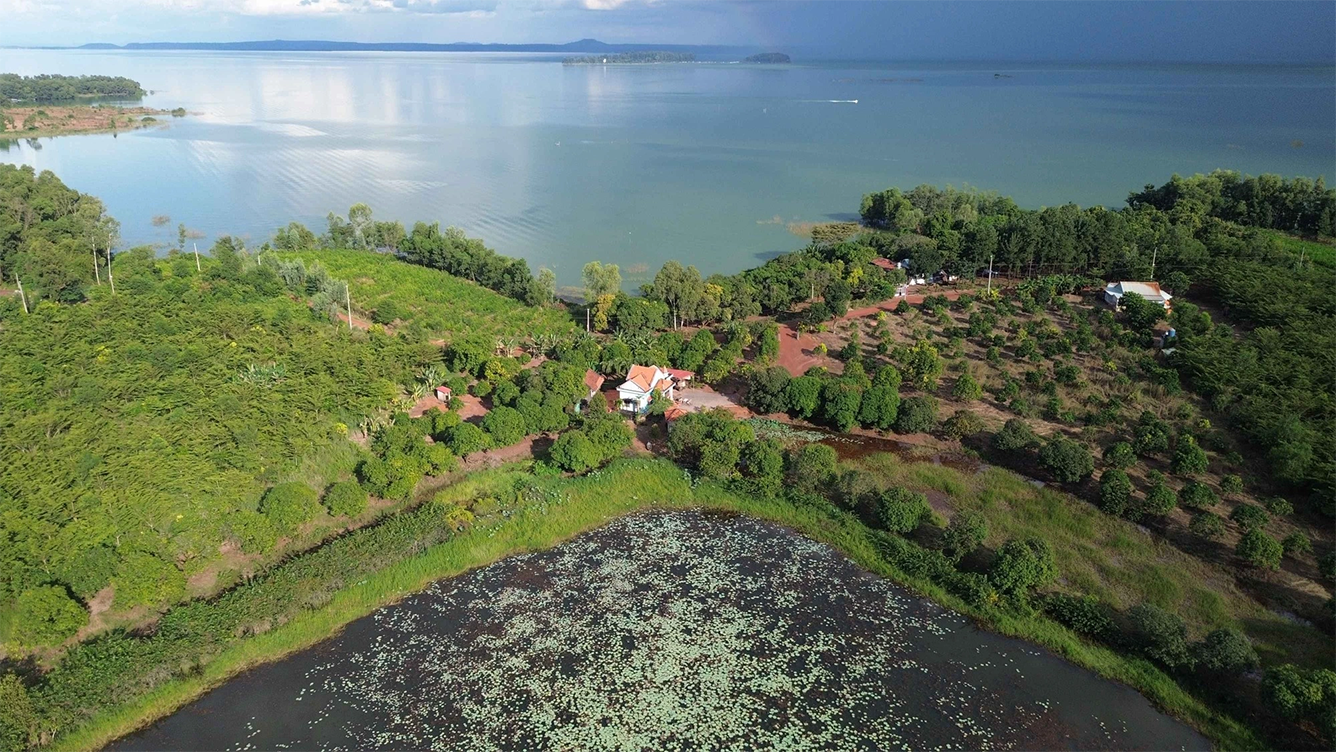
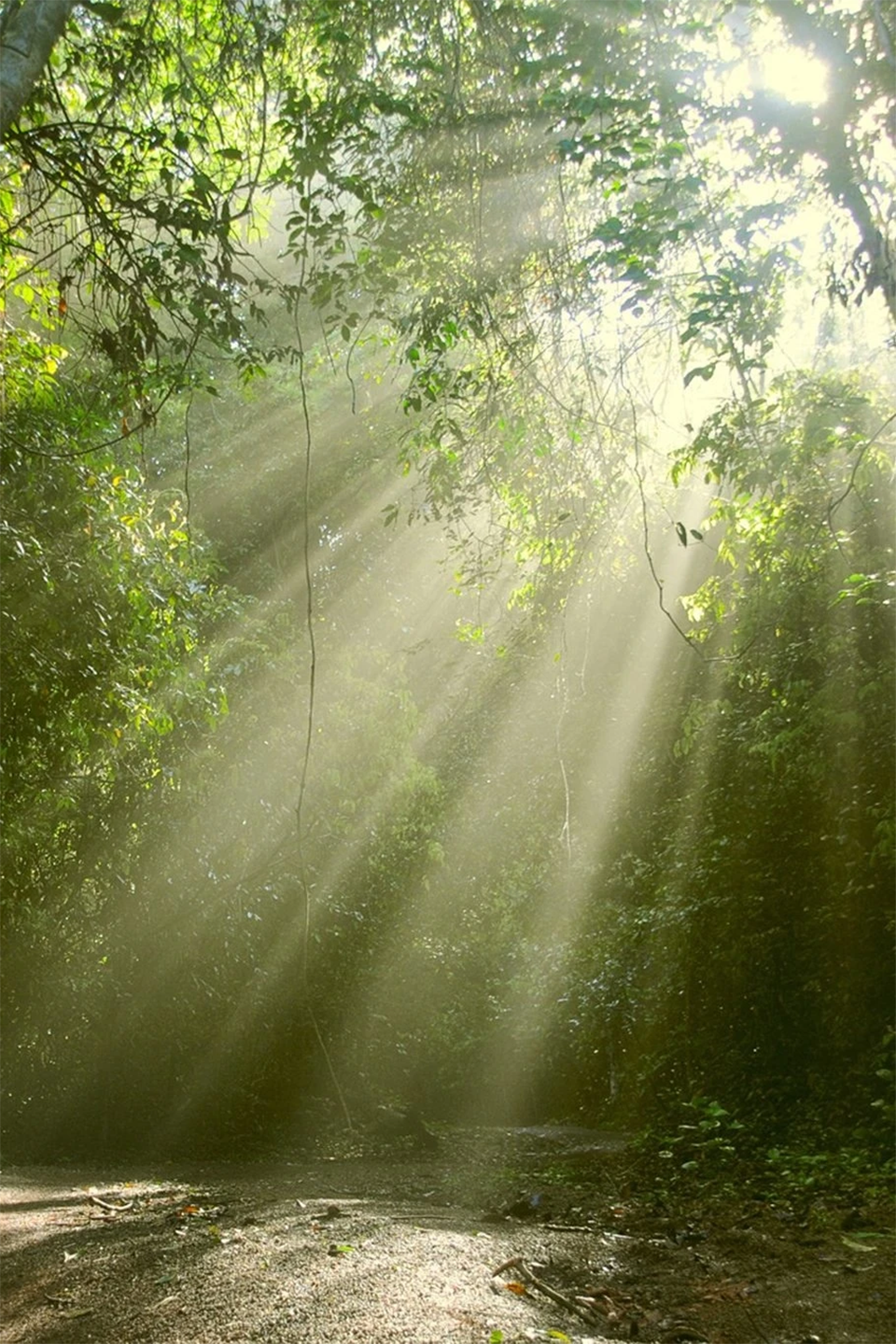
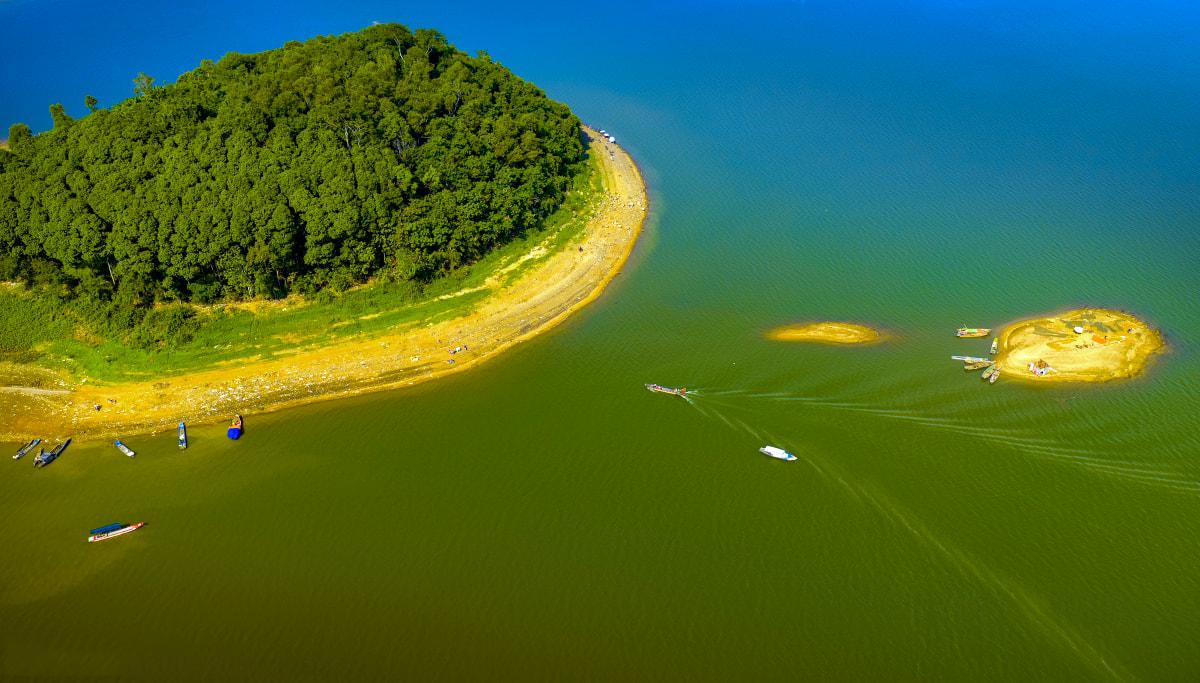
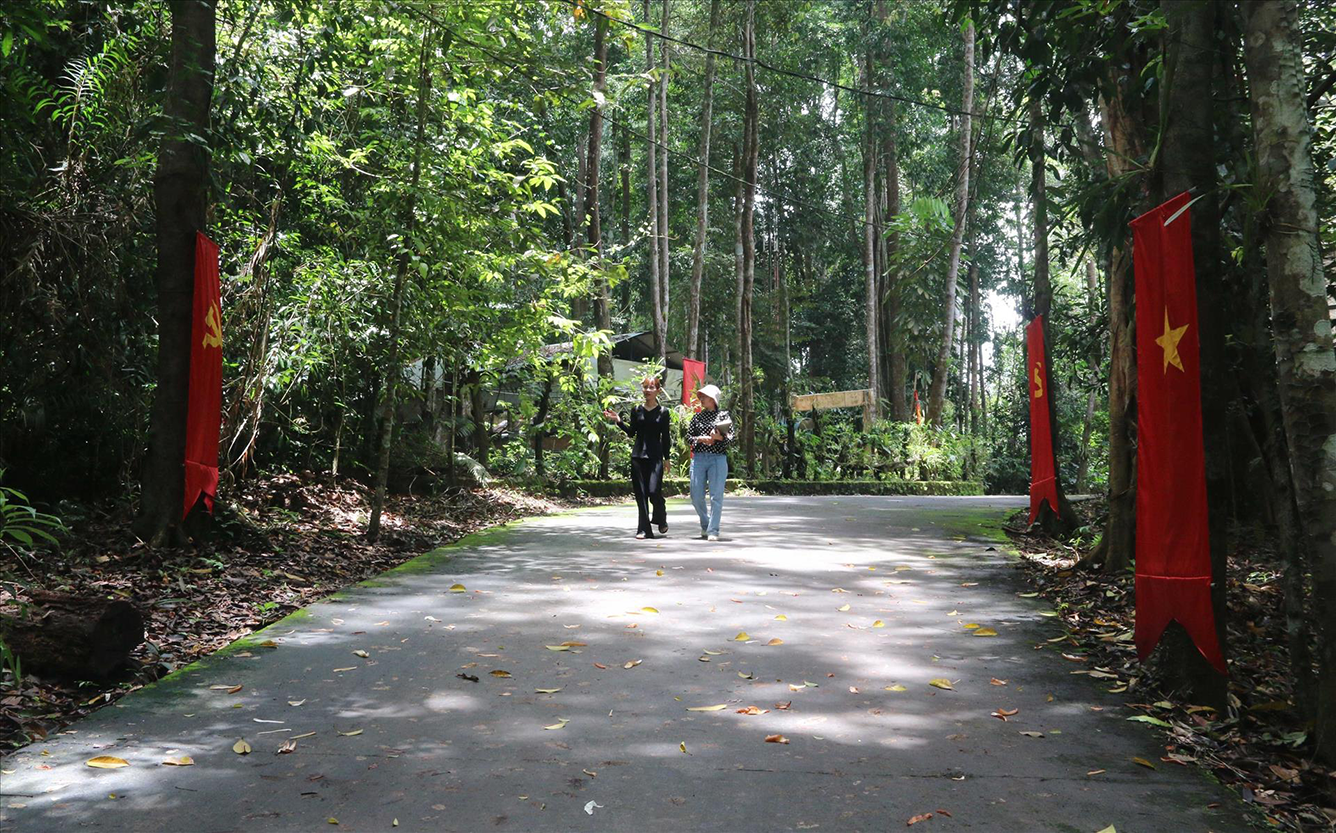
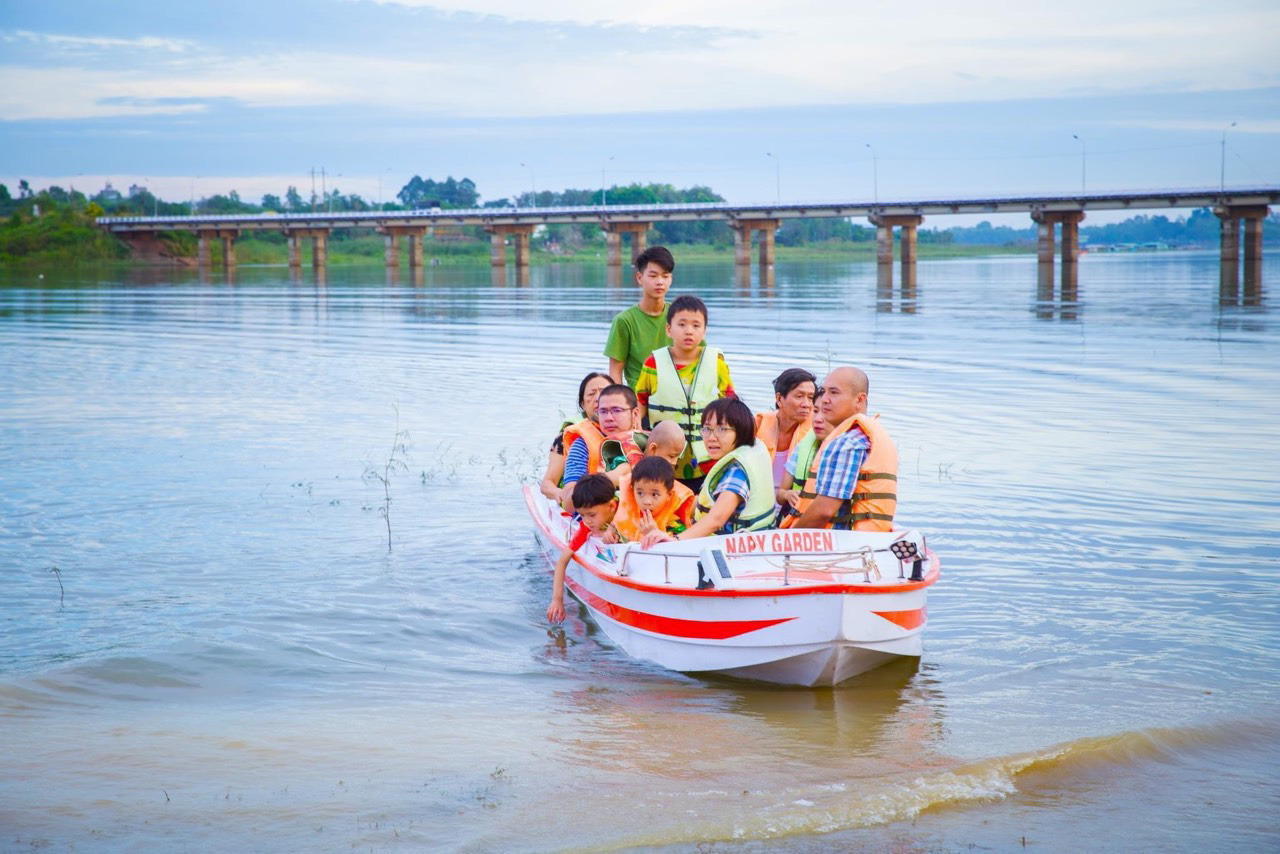
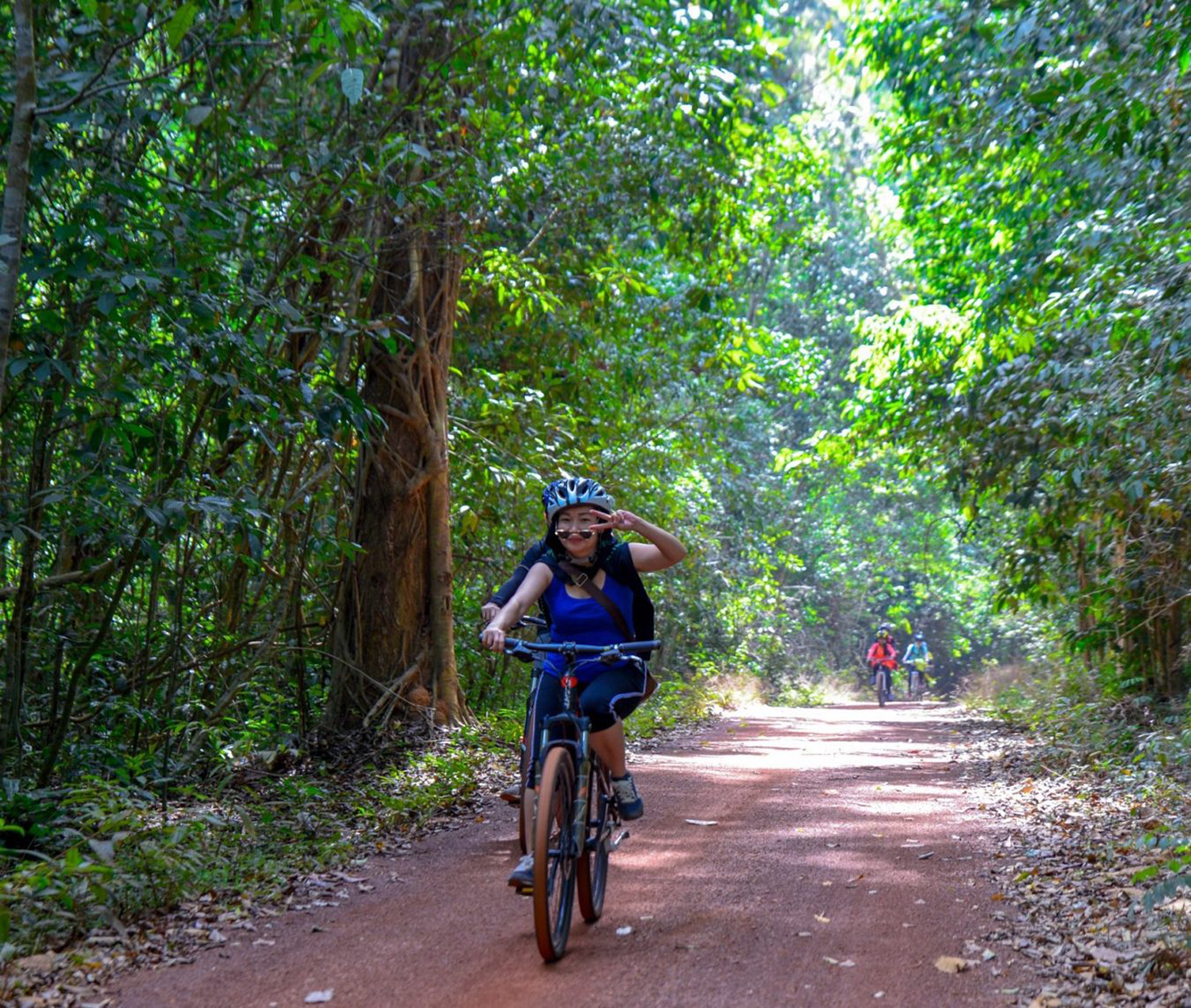
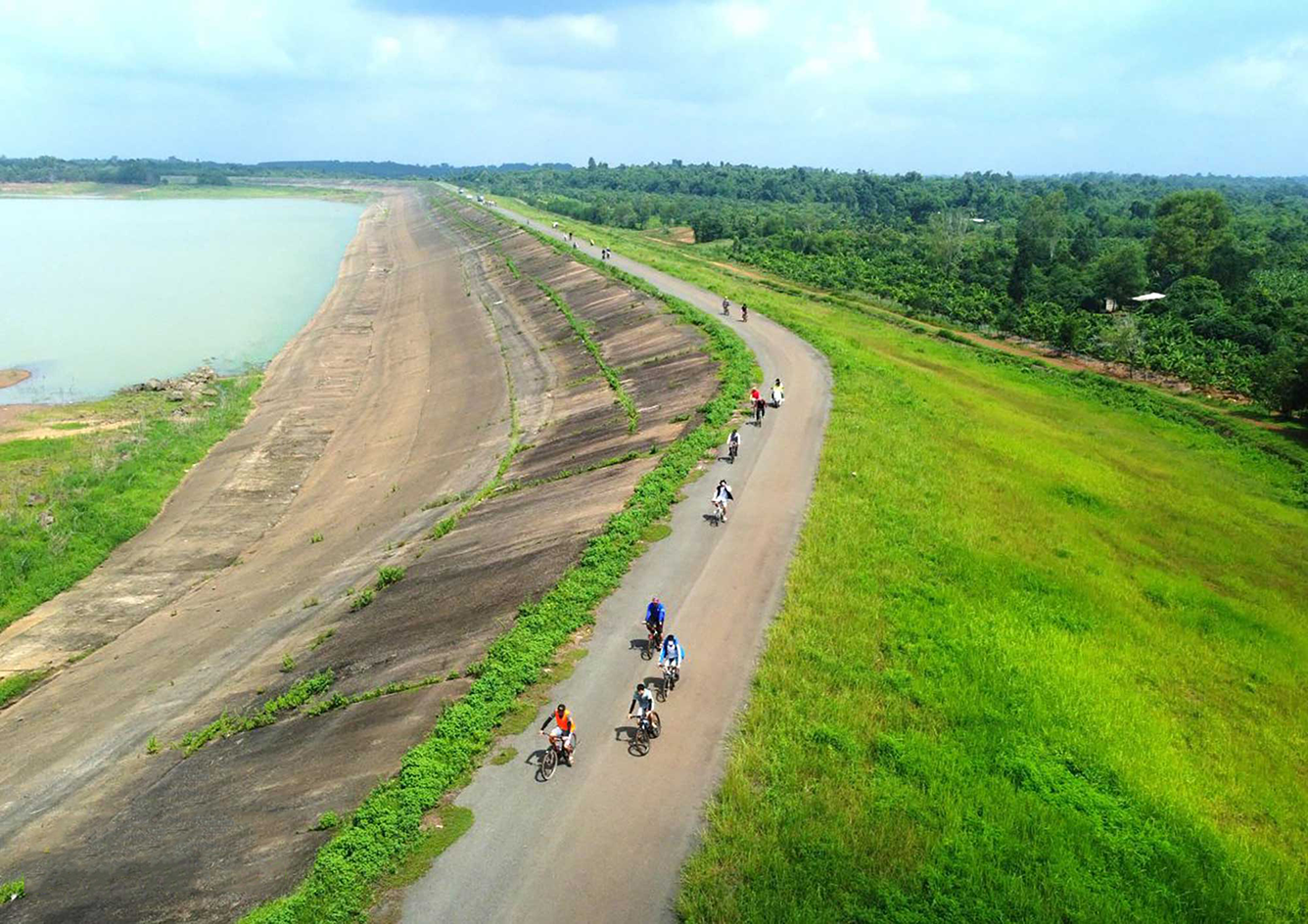
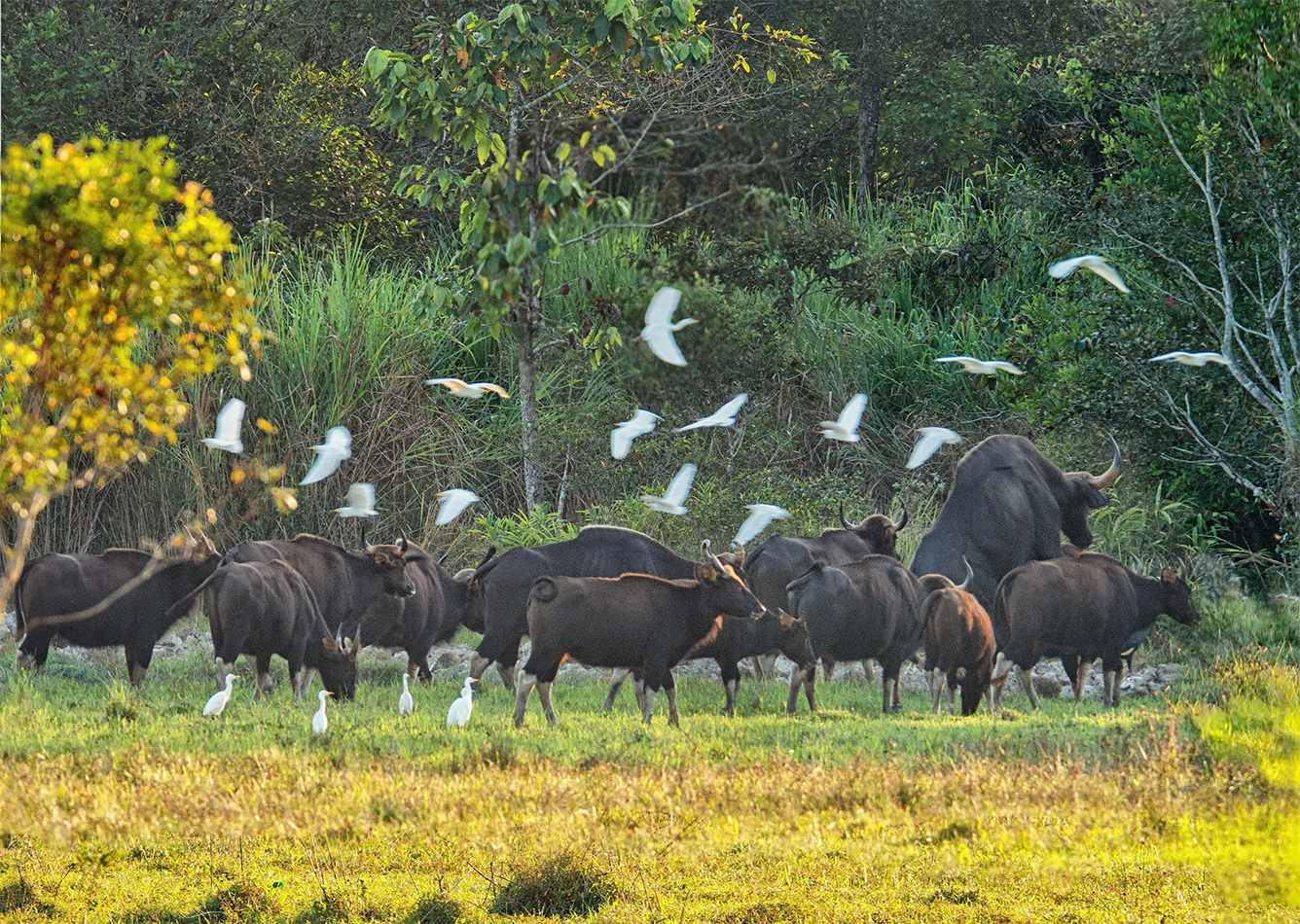

![[Photo] Prime Minister Pham Minh Chinh chairs the Government's online conference with localities](https://vphoto.vietnam.vn/thumb/1200x675/vietnam/resource/IMAGE/2025/10/5/264793cfb4404c63a701d235ff43e1bd)


![[Photo] Prime Minister Pham Minh Chinh launched a peak emulation campaign to achieve achievements in celebration of the 14th National Party Congress](https://vphoto.vietnam.vn/thumb/1200x675/vietnam/resource/IMAGE/2025/10/5/8869ec5cdbc740f58fbf2ae73f065076)




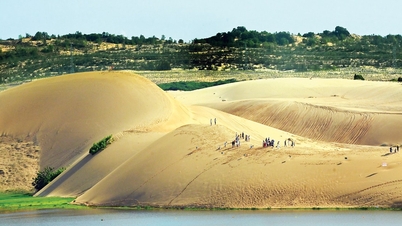


![[Infographic] What are the growth targets of Dong Nai province in the first 9 months of 2025?](https://vphoto.vietnam.vn/thumb/402x226/vietnam/resource/IMAGE/2025/10/3/45f9330556eb4c6a88b098a6624d7e5b)
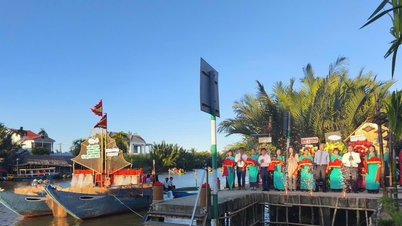

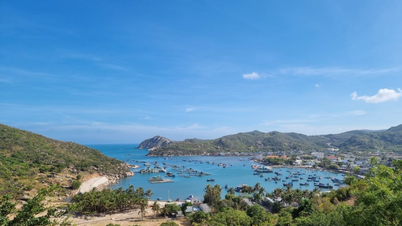


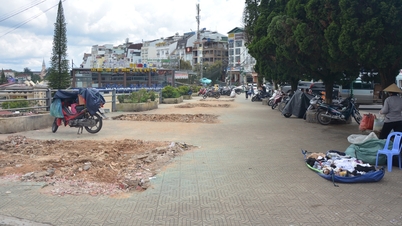

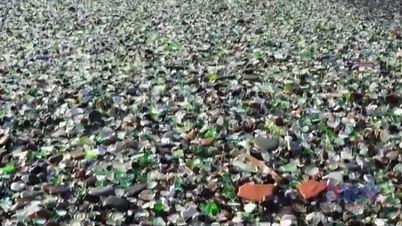


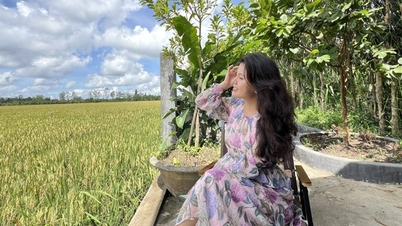







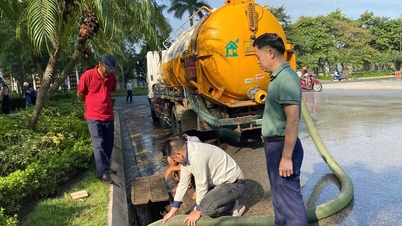
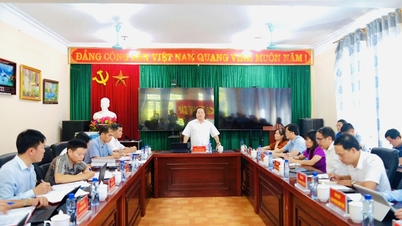
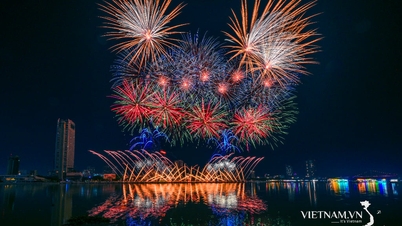
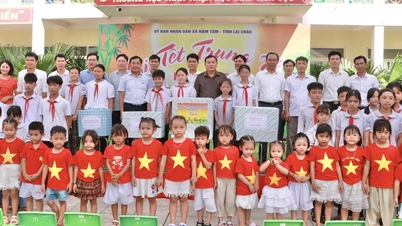
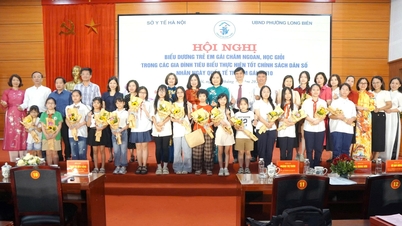
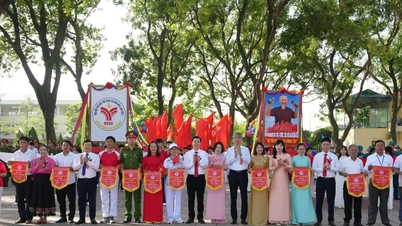



















![[VIDEO] Summary of Petrovietnam's 50th Anniversary Ceremony](https://vphoto.vietnam.vn/thumb/402x226/vietnam/resource/IMAGE/2025/10/4/abe133bdb8114793a16d4fe3e5bd0f12)

![[VIDEO] GENERAL SECRETARY TO LAM AWARDS PETROVIETNAM 8 GOLDEN WORDS: "PIONEER - EXCELLENT - SUSTAINABLE - GLOBAL"](https://vphoto.vietnam.vn/thumb/402x226/vietnam/resource/IMAGE/2025/7/23/c2fdb48863e846cfa9fb8e6ea9cf44e7)
















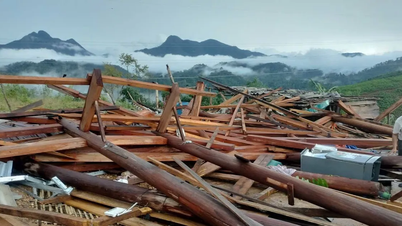


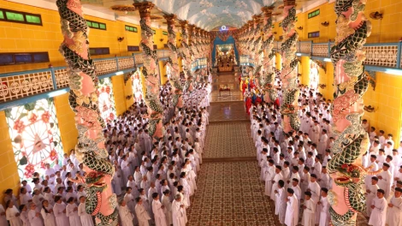

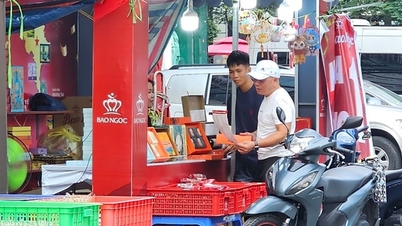













Comment (0)